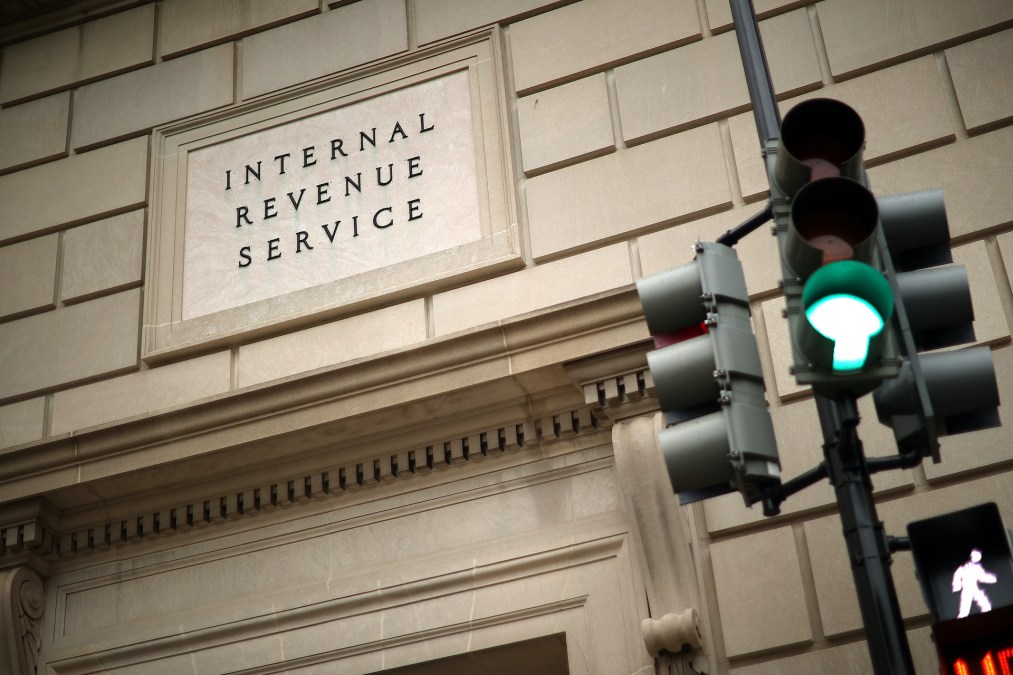IRS needs to move quicker on its IT modernization planning, GAO says

The Internal Revenue Service needs to pick up the pace on finalizing its IT modernization plans or risk falling short of the transformational potential it’s been afforded by a multibillion-dollar funding infusion, according to a new Government Accountability Office report.
Of the nearly $80 billion in Inflation Reduction Act funds appropriated to the tax agency as a whole, $4.8 billion has been set aside for business systems modernization while another $25.3 billion is ticketed for operations support, which encompasses ops and maintenance for IT systems.
But although the IRS has made some progress in its technology objectives — which include securing data, replacing outdated systems, updating programming languages and providing taxpayers with access to their data and online tools — the agency “hasn’t fully updated its plans to incorporate these additional funds” and is past due in making “changes to the scope and milestones of its IT modernization programs,” the GAO said.
The tax agency said it spent $3.3 billion on IT investments in fiscal year 2022 and $4.4 billion the following year, with roughly $2 billion in fiscal 2023 coming directly from IRA funds. The IRS had simultaneously been charged with completing a roadmap for how it would use the funding, but a December 2023 submission omitted the agency’s technology goals.
“They said that this objective would be included in version two of the roadmap which they expected would be completed very soon,” the GAO said. “Completing the roadmap and then updating ongoing IT modernization plans to reflect revisions driven by the strategic plan are essential to the transformation’s success.”
Previous reports from the congressional watchdog shined a light on myriad technical issues at the tax agency, including 2018 findings that legacy systems posed significant risks due to outdated hardware and a shortage of skilled IT staff. Subsequent reports tracked the IRS’s progress on its cloud computing efforts and its legacy modernization plans — both seen as crucial for an agency that in fiscal 2022 “relied on IT to collect more than $4.9 trillion in taxes, process approximately 260 million tax returns, and issue more than $640 billion in refunds and outlays,” the GAO noted.
The IRA-fueled technology objective, which includes eight initiatives and 38 key projects, so far lacks “the detailed planning needed to successfully operationalize” the agency’s strategic operation plan, GAO said. And without updating or developing new modernization plans that include milestones to complete the work, a description of the necessary work and “details regarding the disposition of the legacy system,” the IRS “runs the risk of cost overruns, schedule delays, and overall project failure.”
Furthermore, the quarterly IRS modernization progress reports delivered to Congress have lacked crucial data points, such as historical cost and schedule goals, the GAO stated. The agency did, however, meet almost all of its required analysis and performance targets for operational investments.
The GAO delivered three recommendations to the commissioner of the IRS: to finish the technology objective roadmap, complete modernization program plans and provide cost and schedule goals quarterly to Congress.
The agency, which concurred with all three recommendations, said that work on the roadmap is “well underway,” but a time frame for when it would be completed was not provided.

